In recent years, the term “blockchain” has become a buzzword in the world of technology, finance, and cryptocurrency. However, many people are still unsure of what it actually means and how it works. In this article, we’ll break down the concept of blockchain in simple, easy-to-understand terms. We will also explain how blockchain technology works and explore its various uses.
What is Blockchain?
At its core, blockchain is a digital ledger or record-keeping system. It is used to store information in a secure, transparent, and decentralized manner. A ledger is simply a list of records. The difference with blockchain is that it organizes these records in a chain of blocks, hence the name “blockchain.”
Each block in the blockchain contains data. This data can represent various types of information, such as financial transactions or agreements. Once data is added to a block, it becomes part of the blockchain and cannot be changed or erased. This makes blockchain a highly secure system for recording and verifying transactions.
In traditional systems, such as banks or companies, a central authority manages and controls the data. This authority can change or delete data if needed. Blockchain, on the other hand, is decentralized. It is not controlled by any single entity. Instead, the blockchain is managed by a network of computers (called nodes) that work together to verify and store the data.
The decentralized nature of blockchain gives it several key advantages, such as security, transparency, and reliability. This is one of the main reasons why blockchain has gained so much attention in recent years.

How Does Blockchain Work?
Blockchain works by storing data in blocks. These blocks are then linked together in a chain, forming a continuous record. Each block contains several key pieces of information, such as:
- Data: This is the actual information being stored, such as transaction details.
- Timestamp: A record of when the block was created.
- Hash: A unique identifier for the block, created using cryptographic techniques.
- Previous Block’s Hash: Each block contains a reference to the hash of the previous block, which links them together in a chain.
Here’s a step-by-step explanation of how blockchain works:
- Transaction Initiation: Let’s say you want to send money to a friend using a cryptocurrency, like Bitcoin. You start the process by creating a transaction. This transaction could be the transfer of money, but it could also be the exchange of other assets or information.
- Broadcasting the Transaction: Once you create the transaction, it is broadcast to the network of computers (nodes) that are part of the blockchain. These nodes are distributed across the world, and each one holds a copy of the entire blockchain.
- Transaction Verification: Before your transaction is added to the blockchain, it needs to be verified. This is done by the nodes in the network. They check the validity of the transaction. For example, if you’re sending cryptocurrency, the nodes will check whether you have enough funds in your wallet to complete the transaction.
- Creating a Block: After the transaction is verified, it is grouped together with other verified transactions into a block. This block is like a page in a digital ledger that contains all the new information.
- Consensus Mechanism: The next step is for the network to agree on the validity of the new block. Blockchain uses something called a consensus mechanism to ensure that all nodes agree on which transactions are legitimate. One common mechanism is called Proof of Work (PoW), which requires participants (called miners) to solve complex mathematical problems to prove that they’ve done the work needed to verify the block. Once the block is validated, it is added to the blockchain.
- Block Addition: After the block is verified, it is added to the blockchain. This updated blockchain is then shared with all the nodes in the network. Now, everyone has the latest version of the blockchain, and the transaction is complete.
- Irreversibility: Once a block is added to the blockchain, it cannot be changed or erased. Each block contains a hash, which is a unique identifier. If someone tried to change the data in a block, the hash would change, which would break the link between the blocks. This makes it nearly impossible to alter the information once it has been added to the blockchain, ensuring the system’s security and integrity.
Key Features of Blockchain
- Decentralization: One of the most important features of blockchain is that it is decentralized. In traditional systems, data is stored in a single central location, which makes it vulnerable to hacking or corruption. Blockchain, however, distributes the data across a network of computers. This means that no single entity controls the information, and the system is more resilient to attacks.
- Security: Blockchain uses advanced cryptography to protect the data. Each transaction is encrypted, and the network uses complex mathematical algorithms to ensure that the data remains secure. Additionally, because blockchain is decentralized, it is much harder for hackers to alter the data or disrupt the system.
- Transparency: Blockchain is transparent. Every participant in the network has access to the same copy of the blockchain. This means that anyone can view the transactions and see how the system works. This transparency helps to build trust among users, as it ensures that no one can tamper with the records without being detected.
- Immutability: Once data is added to the blockchain, it cannot be changed or deleted. This makes blockchain an excellent tool for recording important information that needs to be permanent and secure. For example, financial transactions or legal contracts can be stored on a blockchain to ensure that they cannot be altered in the future.
- Consensus Mechanisms: Blockchain relies on consensus mechanisms to ensure that all participants agree on the validity of transactions. This is important because it prevents fraud and ensures that everyone in the network has the same, up-to-date version of the blockchain.
Types of Blockchain
There are different types of blockchains, depending on how they are structured and who can participate. The three main types of blockchain are:
- Public Blockchain: In a public blockchain, anyone can join the network and participate in the validation process. This is the type of blockchain used by cryptocurrencies like Bitcoin and Ethereum. Public blockchains are decentralized and open to everyone, which makes them highly transparent.
- Private Blockchain: A private blockchain is a closed network that only allows authorized participants to join. These blockchains are often used by businesses or organizations that want to maintain control over who can access the data. For example, a company might use a private blockchain to track its supply chain or manage internal data.
- Consortium Blockchain: A consortium blockchain is a hybrid between a public and private blockchain. It is governed by a group of organizations rather than a single central authority. In a consortium blockchain, only a selected group of participants can join the network and validate transactions. This type of blockchain is often used in industries like banking, where multiple financial institutions work together.
Applications of Blockchain
Blockchain technology has a wide range of applications beyond cryptocurrencies. Some of the most notable applications include:
- Cryptocurrencies: Blockchain is the underlying technology behind cryptocurrencies like Bitcoin and Ethereum. These digital currencies rely on blockchain to record and verify transactions without the need for a central authority like a bank. Blockchain ensures that transactions are secure, transparent, and irreversible.
- Smart Contracts: A smart contract is a self-executing contract with the terms of the agreement directly written into code. Blockchain makes smart contracts possible by allowing the execution and enforcement of the terms without the need for intermediaries. For example, a smart contract could automatically release payment once a product is delivered, without requiring a third party to verify the transaction.
- Supply Chain Management: Blockchain can be used to track products as they move through the supply chain. This helps ensure transparency and can prevent fraud by making it easier to trace the origin of goods. For example, blockchain can be used to track the journey of a product from a manufacturer to a retailer, ensuring that the product is authentic and not counterfeit.
- Voting Systems: Blockchain could be used to create secure, transparent, and tamper-proof voting systems. By using blockchain, the voting process could be made more efficient and less vulnerable to fraud. Blockchain would ensure that votes are accurately counted and cannot be changed or manipulated.
- Healthcare: Blockchain can be used to store medical records securely and allow healthcare providers to share information more efficiently. It can also help protect patient privacy by ensuring that only authorized individuals can access sensitive medical data.
- Identity Verification: Blockchain can be used to create secure and verifiable digital identities. This can be useful for online services, banking, and even government identification. By using blockchain, individuals can control their own identity and prevent identity theft.
Also Read: Polkadot Coin: Real-World Use Cases
Challenges of Blockchain
Despite its many benefits, blockchain also faces some challenges. These include:
- Scalability: Blockchain networks can sometimes become slow and inefficient when dealing with a large number of transactions. As more people use blockchain-based systems, it can become difficult to handle the increasing demand for processing power and storage.
- Energy Consumption: Some blockchain networks, particularly those using Proof of Work (PoW), require a large amount of energy to validate transactions. This can raise concerns about the environmental impact of blockchain technology.
- Regulation: Since blockchain operates in a decentralized manner, it can be difficult for governments to regulate. This has led to concerns about the potential for illegal activities, such as money laundering or fraud, taking place on blockchain networks.
- Adoption: While blockchain has gained widespread attention, many businesses and industries are still hesitant to adopt the technology. This is partly due to the complexity of blockchain and the uncertainty surrounding its future.
Conclusion
Blockchain is a revolutionary technology that has the potential to transform many industries. It provides a secure, transparent, and decentralized way of recording and verifying transactions. While blockchain is most commonly associated with cryptocurrencies like Bitcoin, it has a wide range of other applications, from smart contracts to supply chain management.
As blockchain technology continues to evolve, it is likely to become an even more important part of our daily lives. Despite the challenges it faces, blockchain’s benefits make it a technology worth watching. Whether in finance, healthcare, or beyond, blockchain has the potential to change the way we do business and interact with each other in the digital world.
Disclaimer: The content provided here is for educational purposes only and is intended to raise awareness about cryptocurrency and blockchain technology. It should not be considered as financial or investment advice. Before investing in any cryptocurrency or token, we strongly encourage you to conduct thorough research, understand the associated risks, and make informed decisions (DYOR – Do Your Own Research). For detailed guidance, consult a qualified financial advisor


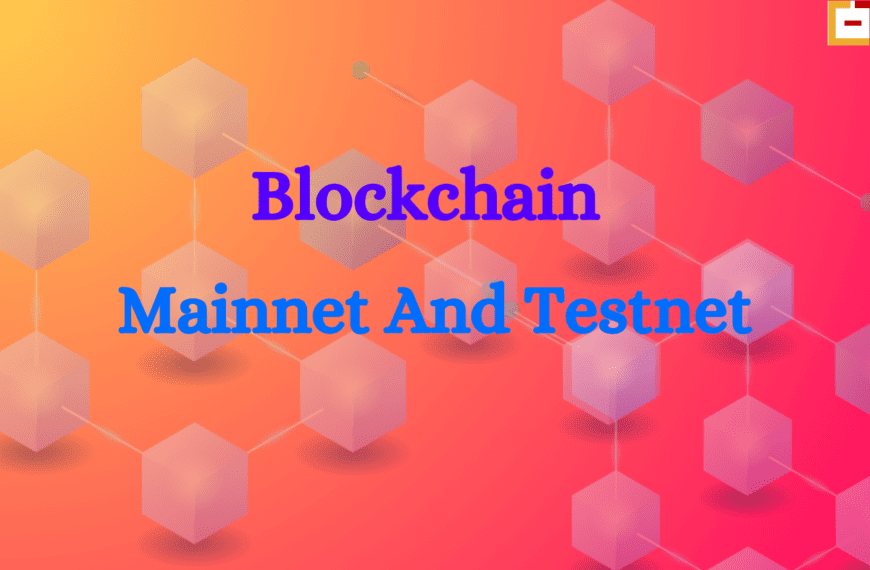
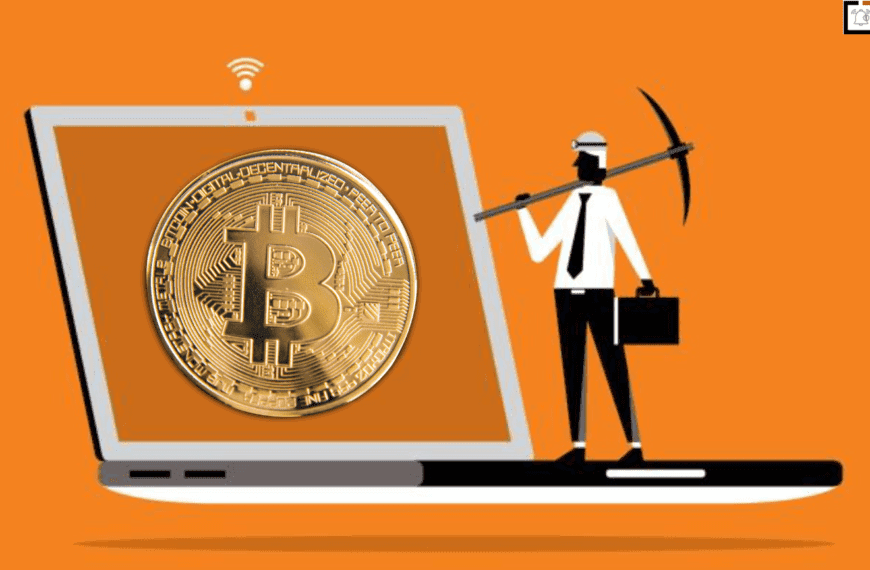
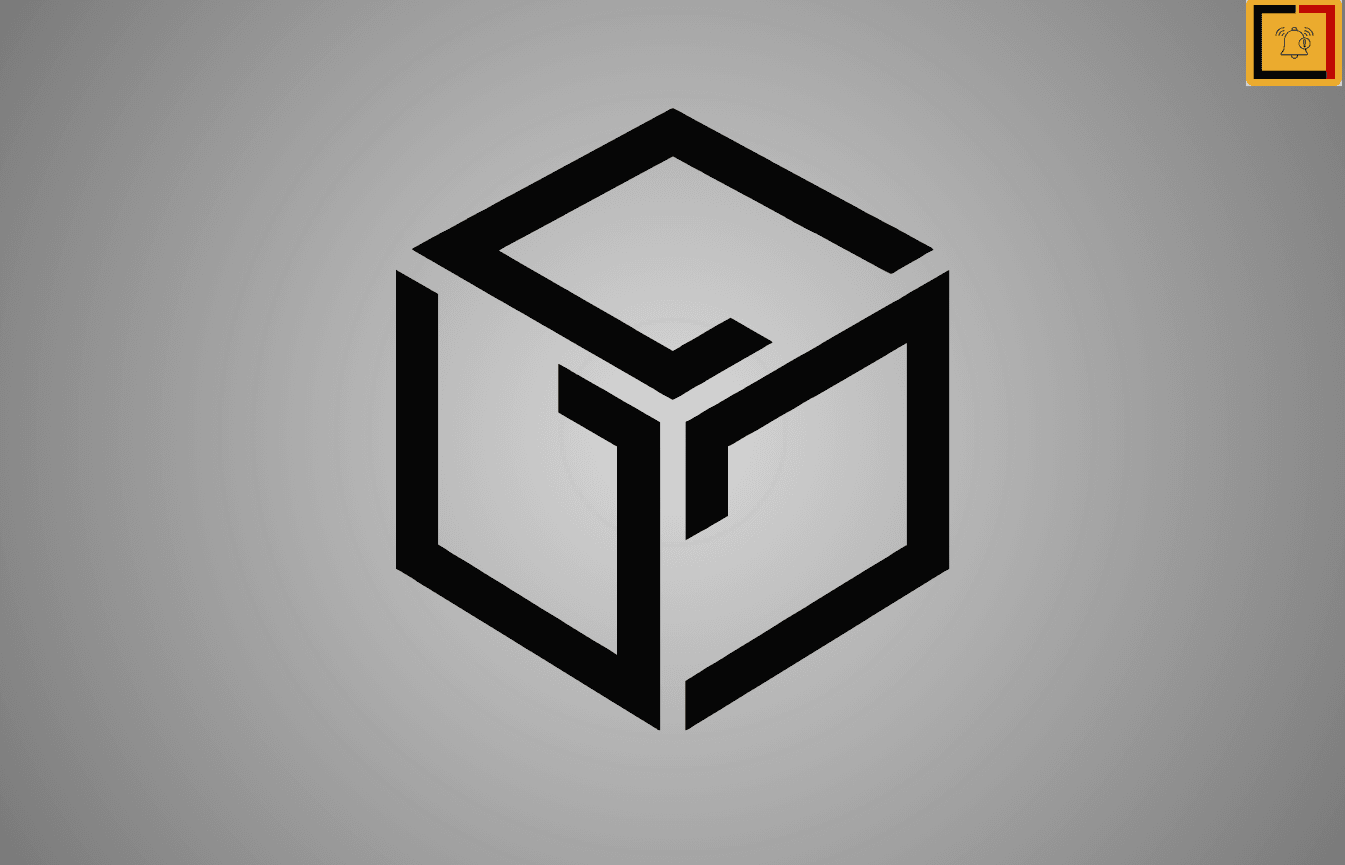

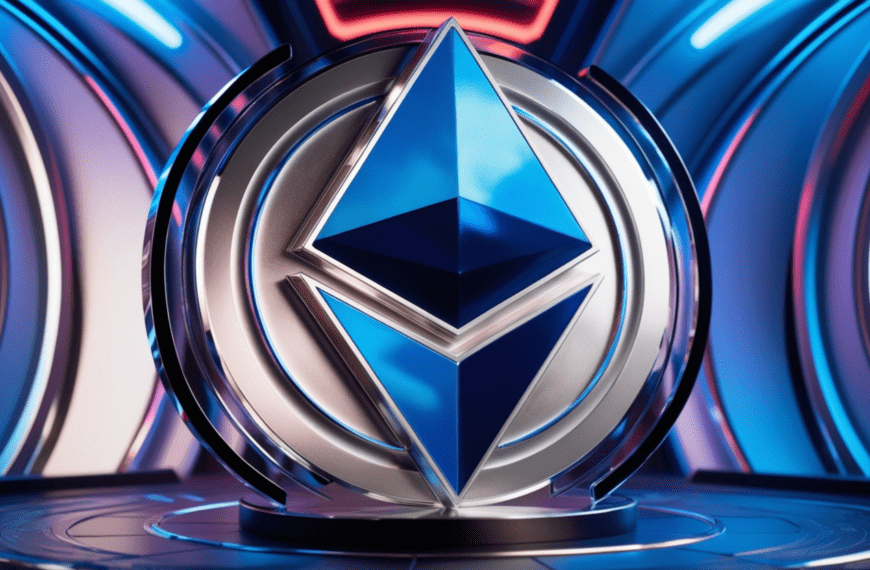
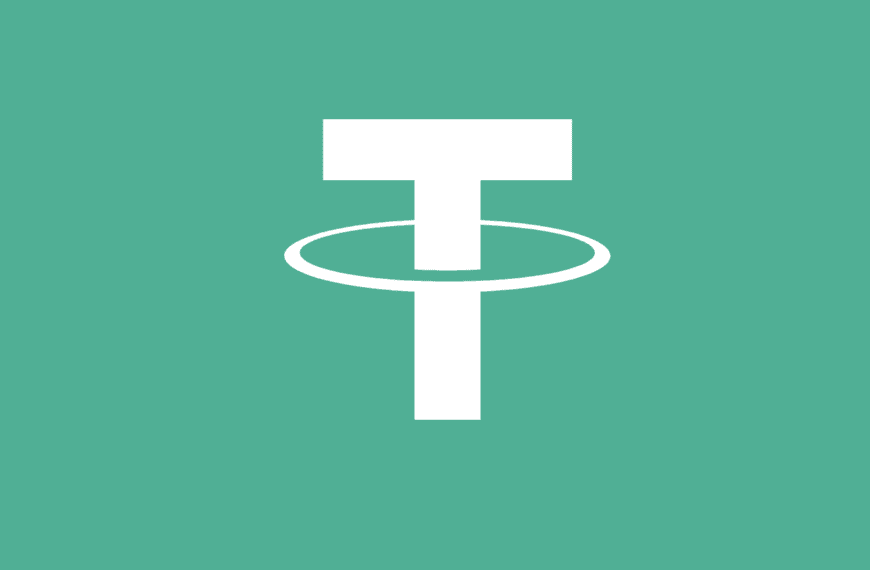


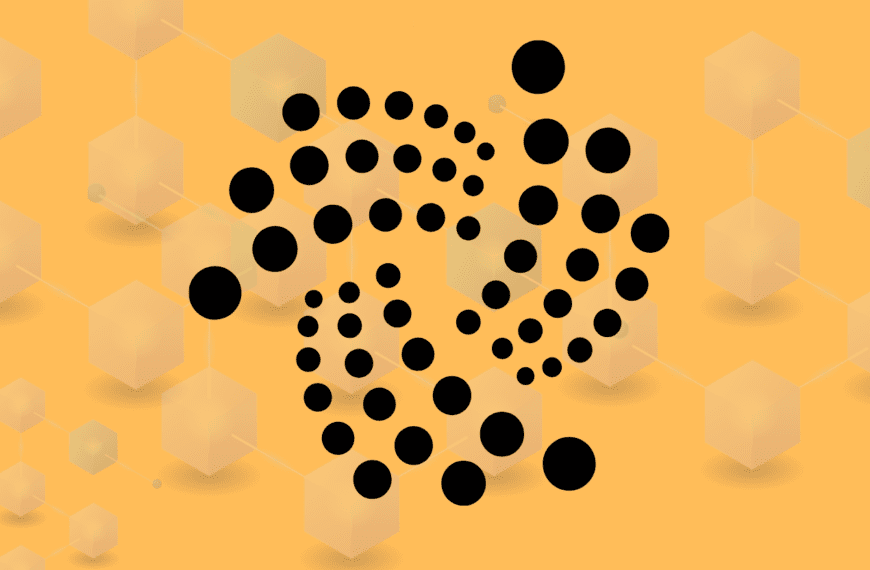


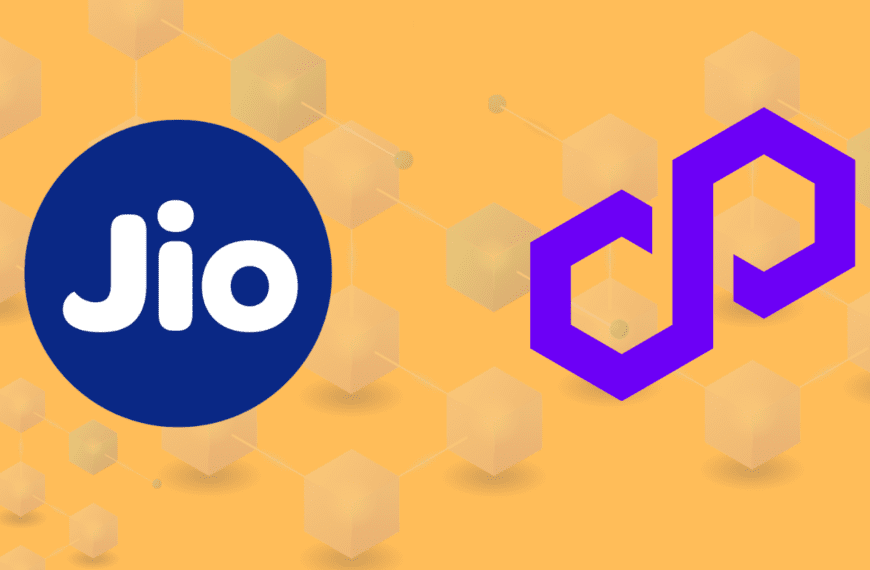
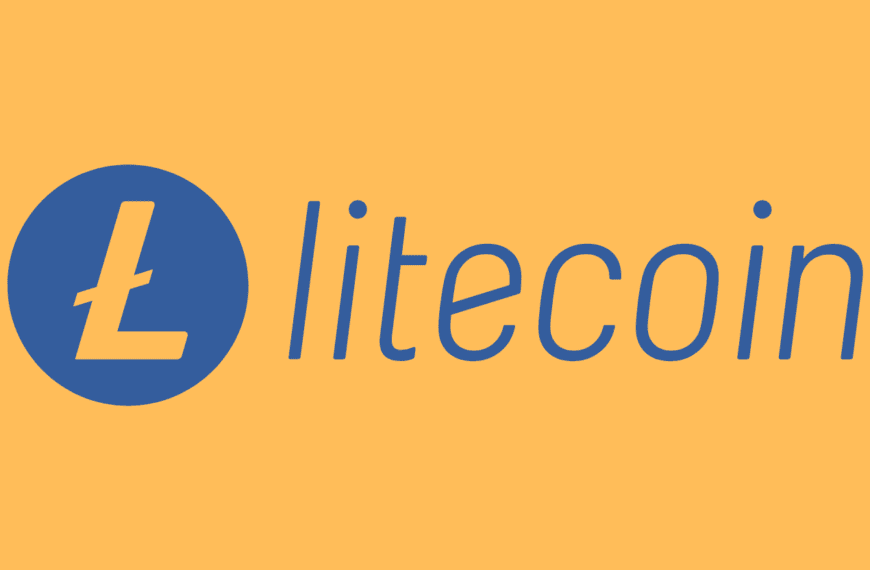


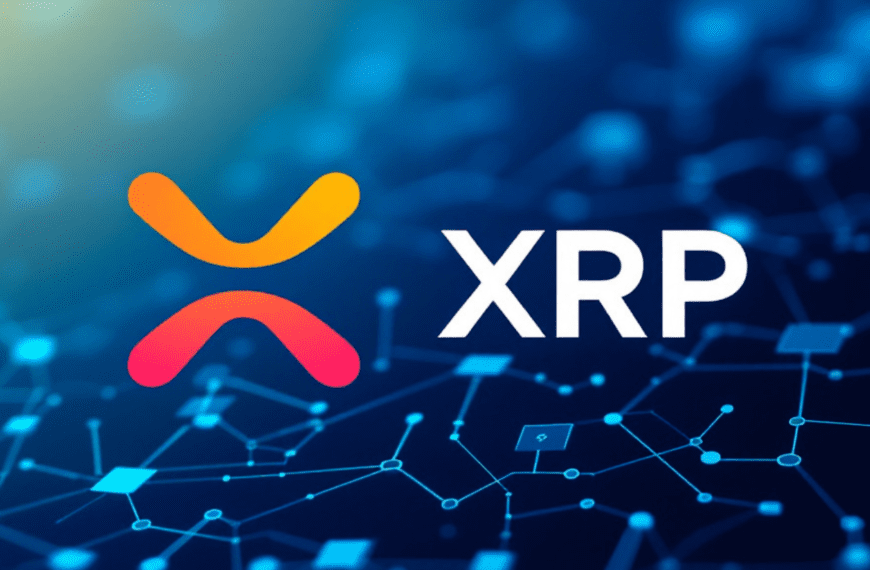
Wow, this post is nice, my sister is analyzing these kinds of
things, therefore I am going to convey her.
Hello, after reading this awesome post i am
also glad to share my know-how here with friends.
I have read so many articles or reviews on the topic of
the blogger lovers however this paragraph is actually a good article,
keep it up.